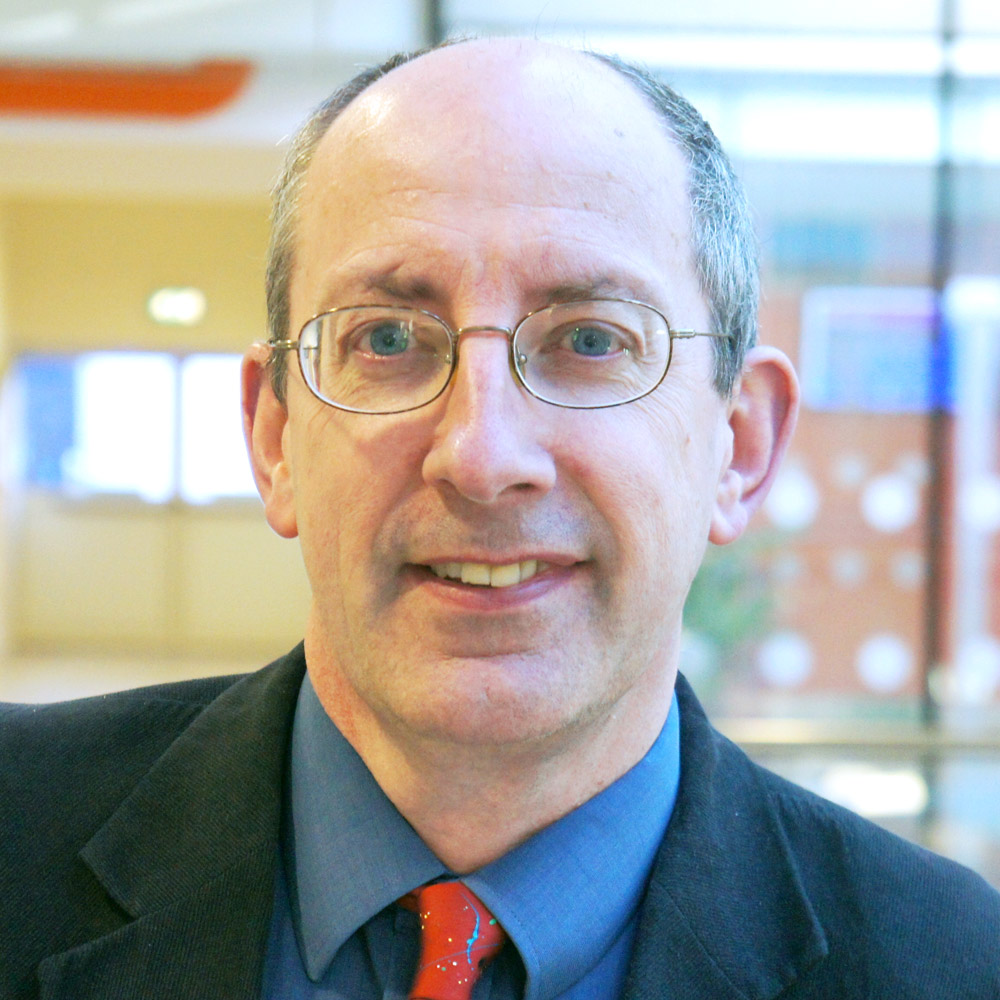Our human rights community has a global reputation for theory, teaching and practice. That reputation was illustrated this month when the United Nations chose Essex for a global symposium to discuss humanitarian responses to crises. Professor Geoff Gilbert, from the School of Law, explains.
There are more than 40million people internally displaced because of conflict. Their particular vulnerabilities are complex and men, women, girls and boys are affected in different ways.
In ensuring no one’s needs go unmet because of age, gender or diversity mainstreaming, the United Nations turned to our multi-disciplinary human rights experts to hold a global symposium tackling the issue.
The UN’s Global Protection Cluster (GPC), which is responsible for protecting conflict-driven internally displaced persons, met at our Colchester Campus to work with our Human Rights Centre and ESRC-funded Human Rights, Big Data and Technology Project (HRBDT) team.
The symposium was an opportunity to draw on our expertise in collecting information about people that could assist humanitarian responses.
At present, there are about 130 million persons of concern to the UN, with 43 million internally displaced, who are caught up in conflicts in places such as Syria, Yemen, South Sudan, Somalia and Ukraine.
Necessarily, the relevant humanitarian actors are trying to bring some order to that chaos.
Humanitarian agencies collect vast amounts of information on the 130 million people in need of humanitarian assistance. At the same time, they often lack information about the age, gender or characteristics of people in need, inhibiting their efforts to provide protection and assistance.
A lack of coherence and innovation in information gathering leads to multiple information gathering exercises, which exhausts people in need, stretches resources and often fails to provide helpful data. Against this background, humanitarian agencies are challenged to do better in assisting people according to their needs but are also challenged to take action outside their comfort zone.
Almost all of the operations with a Humanitarian Country Team are characterised by conflict based on ethnic and religious lines or where such differences affect the humanitarian response.
Conflict differentially impacts men, women, boys and girls and those with particular vulnerabilities, as well as creating further vulnerability.
In addition, these operations are in the main characterised by difficulties in accessing people in need, gathering reliable information, analysing the severity of need and defining priorities.
An approach to humanitarian assistance, which requires working towards a reduction in risk, demands that humanitarian agencies identify needs accurately and work in an imaginative way to respond to need – be it to stay, to flee, to receive aid or psychosocial support. Individually, none of these questions are easy to answer and together they present a sizeable problem.
The Essex symposium brought together experts in protection and information management from the field, government, international organisations and academics.
Together we explored what is and is not possible for humanitarian agencies to do in promoting age, gender and diversity mainstreaming through data: to challenge all these actors to do more and better, but to set realistic expectations of what can be achieved.
It follows a long association between the GPC and the HRBDT Project that has sought to ensure that the academic research has an impact in some of the world’s most acute crises.
Most recently, Simon Russell, GPC Co-ordinator, invited myself, Professor Klaus McDonald-Maier from our School of Computer Science and Electronic Engineering, and Sam Dubbberly, consultant to HRBDT, to present work of the HRBDT to its field mission directors. As a result, Essex was the obvious choice for a discussion on data collection in humanitarian operations.
The symposium involved GPC leads from Ukraine and Iraq, data collection specialists, representatives from the Department for International Development and the Swiss government, Stonewall, and field actors who provide assistance and protection.
Essex contributors included myself, Dr Daragh Murray, Dr Ahmed Shaheed, Dr Ayman Alhelbawy and Dr Patricia Palacios Zuloaga.
Students from our LLMs in International Humanitarian Law and International Human Rights Law too got valuable note-taking experience, ensuring our Essex human rights community plays a crucial role in the resulting UN report.
